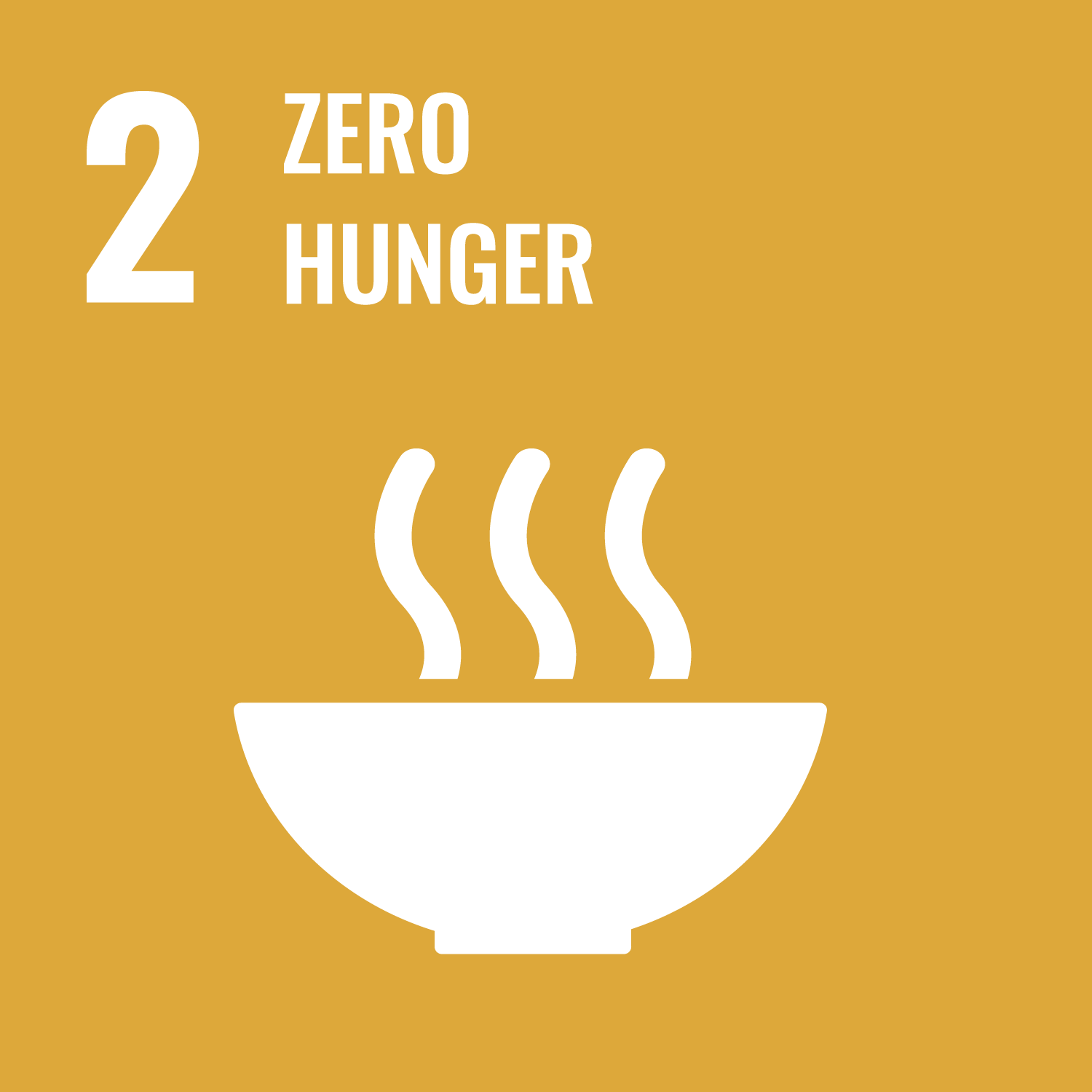Tan, P.Y. orcid.org/0000-0003-1281-4928, Som, S.V., Nguyen, S.D. et al. (11 more authors) (Cover date: January 2025) Demographic variation and socioeconomic inequalities in all forms of malnutrition among children aged 6 months to 9 years: findings from the Vietnamese General Nutrition Survey 2020. BMJ Public Health, 3 (1). e001177. ISSN 2753-4294
Abstract
Introduction
The double burden of malnutrition (DBM) is a global public health challenge. This study examined the prevalence of population-level DBM, its demographic and socioeconomic determinants as well as the associations between anthropometric indicators of undernutrition and overnutrition, and micronutrient deficiencies (MNDs), among Vietnamese children, using the data from the nationally representative General Nutrition Survey 2020.
Methods
Data on anthropometric parameters, micronutrient biomarkers, demographic and socioeconomic indicators for 7289 children aged 6 months to 9 years were analysed. Determinants of malnutrition were assessed using logistic regressions, reported as OR with 95% CIs.
Results
At national level, 12.7%, 10.5% and 4.7% of children were stunted, underweight and wasted/thin, while 7.3% and 7.1% were overweight and obese, respectively. Low serum zinc, anaemia and iron deficiency were the common MNDs observed, affecting 53.1%, 15.2% and 13.9% of the study participants. Older children aged 2–4 years (OR (95% CI) 1.43 (1.20, 1.72)), ethnic minorities (5.94 (3.78, 9.36)) and those living in mountainous areas (5.06 (1.18, 14.42)) had increased odds of stunting, whereas reduced odds were found in children from the richest quintile (0.13 (0.05, 0.32)). Similar determinants were associated with underweight and MNDs. Males (1.43 (1.16, 1.76)), children aged 5–9 years (10.02 (6.71, 14.97) and children from the richest quintile (2.91 (1.20, 7.05)) had increased odds of overweight. Children with anaemia, low serum retinol and low serum zinc had increased odds of stunting and underweight than non-micronutrient-deficient children (adjusted OR=1.43–1.71). Compared with children without MNDs, those with ≥3 MNDs had almost double the odds of stunting and underweight, whereas those with ≤3 MNDs had reduced odds of overweight (adjusted OR=0.38–0.60).
Conclusions
Significant demographic variation and socioeconomic inequalities in child malnutrition were identified. National policies and programmes in Vietnam should address age-specific, sex-specific, geographical and socioeconomic disparities to accelerate progress in reducing child malnutrition.
Metadata
| Item Type: | Article |
|---|---|
| Authors/Creators: |
|
| Copyright, Publisher and Additional Information: | © Author(s) (or their employer(s)) 2025. Re-use permitted under CC BY. Published by BMJ Group. |
| Dates: |
|
| Institution: | The University of Leeds |
| Academic Units: | The University of Leeds > Faculty of Environment (Leeds) > School of Food Science and Nutrition (Leeds) > FSN Chemistry and Biochemistry (Leeds) |
| Depositing User: | Symplectic Publications |
| Date Deposited: | 18 Feb 2025 11:54 |
| Last Modified: | 18 Feb 2025 11:54 |
| Status: | Published |
| Publisher: | BMJ |
| Identification Number: | 10.1136/bmjph-2024-001177 |
| Sustainable Development Goals: | |
| Open Archives Initiative ID (OAI ID): | oai:eprints.whiterose.ac.uk:223461 |


 CORE (COnnecting REpositories)
CORE (COnnecting REpositories) CORE (COnnecting REpositories)
CORE (COnnecting REpositories)